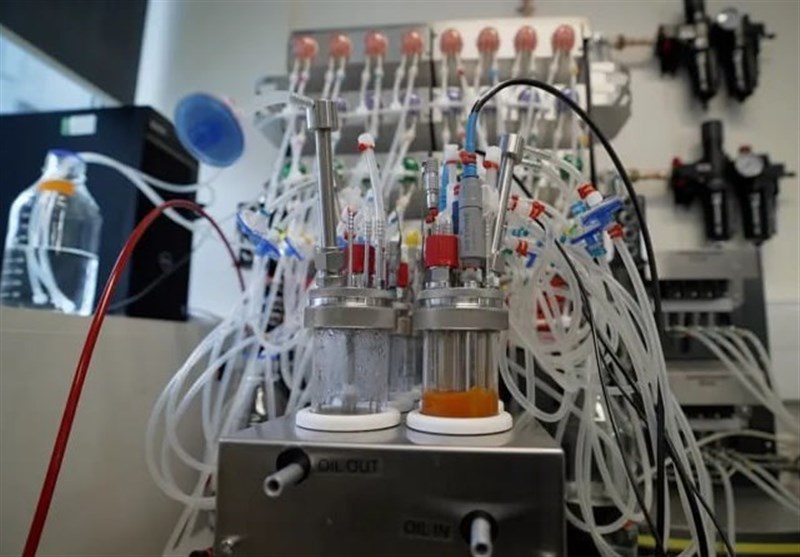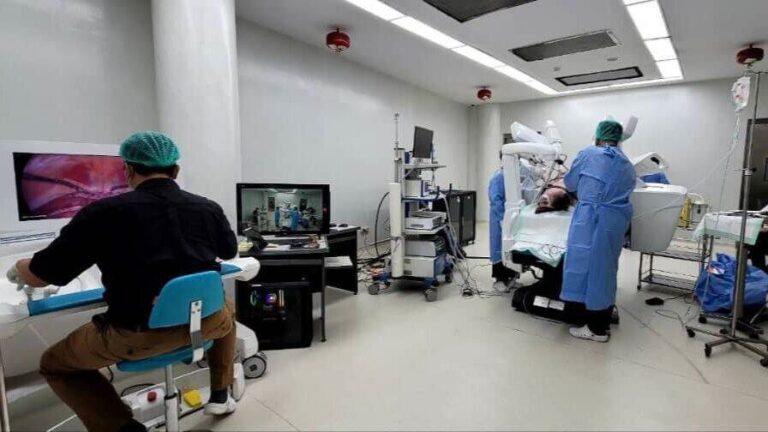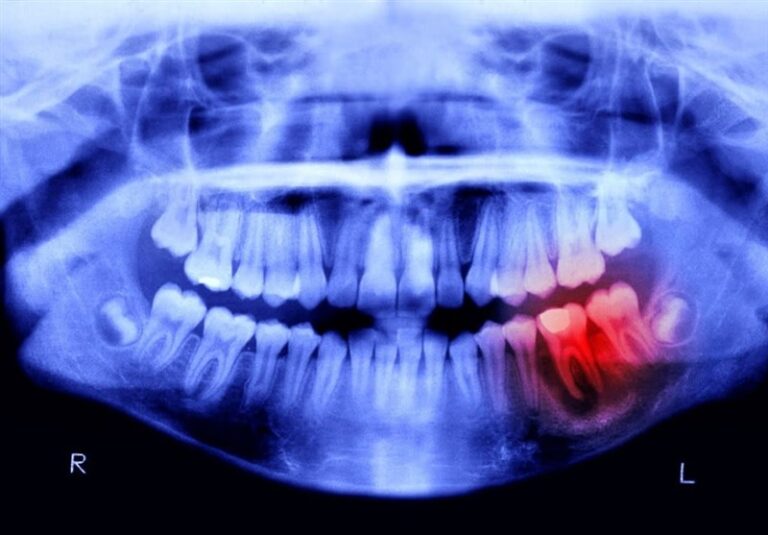Revolutionary Space Mission Aims to Cultivate Food in Orbit from Zero!
A groundbreaking space experiment has been launched to explore the potential of growing complete meals, such as steak and mashed potatoes, from cells in orbit. This innovative approach aims to enhance human life beyond Earth by making it more sustainable. The initiative is backed by the European Space Agency and seeks to determine if lab-grown food can be successfully produced in the unique environment of space, where microgravity and radiation present distinct challenges.
The project represents a significant step towards establishing a pilot food production system on the International Space Station (ISS) within the next two years. Currently, feeding astronauts is an expensive endeavor, costing up to £20,000 per day per person. By developing sustainable food sources in space, this initiative could dramatically reduce these costs.
Dr. Aqeel Shamsul, the founder of a private space-tech company spearheading the project in collaboration with researchers from a prestigious London university, expressed an ambitious vision: “Our dream is to have factories in orbit and on the Moon. We need off-world manufacturing facilities to support human life in space.”
The process of creating lab-grown food involves cultivating essential food elements—proteins, fats, and carbohydrates—in bioreactors, which are then transformed into recognizable food forms. On Earth, this method is known for minimizing land use and reducing emissions. However, in space, the primary focus is on enhancing cost-effectiveness and achieving self-sufficiency.
The current experiment utilizes a miniature bioreactor that contains genetically engineered yeast, which was launched into orbit aboard a SpaceX Falcon 9 rocket. This yeast mixture will stay in space for three hours before returning to Earth near Portugal, where it will be retrieved and analyzed.
Dr. Rodrigo Ledesma-Amaro, the director of the laboratory responsible for the project, stated, “We can make all the elements to build food—proteins, carbs, fats, even fibers, and combine them into various dishes.” The fermentation process employed is akin to brewing beer but incorporates precise genetic modifications, referred to as precision fermentation, to produce essential nutrients like vitamins directly.
Currently, the material produced resembles a brick-colored paste. To prepare for eventual consumption, culinary designer Jakub Radzikowski is developing recipes that utilize natural fungi-based ingredients until lab-grown alternatives are approved. “We want astronauts to feel at home through familiar dishes—be it French, Indian, or Chinese cuisine,” he noted.
Today’s experimental dish featured spicy dumplings with dipping sauce, which were sampled by a former astronaut and chemist. She praised the flavor and the potential impact of lab-grown food on space missions: “You get a strong blast of taste—it’s absolutely delicious,” she remarked, reflecting on the limited, long-shelf-life food options she encountered during her time in space.
The scientific implications of this experiment are profound. Space missions can significantly affect astronauts’ metabolism, hormone levels, and bone density. Lab-grown food could be specifically tailored to include the necessary nutrients, potentially reducing the reliance on dietary supplements.
As the former astronaut explained, “Astronauts often lose weight due to lack of variety and appeal in their diets. But if they could eat something fresh and wholesome, morale and nutrition would both improve.”
In summary, the initiative to grow complete meals in space not only aims to address the logistical challenges of feeding astronauts but also strives to enhance their overall well-being. The use of lab-grown food could revolutionize the way we think about space travel and sustainability. As technology progresses and experiments continue, the future of food production in space looks promising, paving the way for longer missions and potentially even colonization efforts on other celestial bodies.
- Experiment Goal: To grow complete meals in space for sustainable human life.
- Key Players: European Space Agency, private space-tech company, London university researchers.
- Cost Impact: Current feeding costs for astronauts can reach £20,000 per day per person.
- Food Production: Involves cultivating proteins, fats, and carbohydrates in bioreactors.
- Future Vision: Establish off-world manufacturing facilities on the Moon and in orbit.
This experiment marks a pivotal moment in space exploration and food technology, potentially transforming the way we approach sustenance for astronauts and future space settlers. As these innovative projects unfold, they may inspire new advancements in food production both on Earth and beyond.






